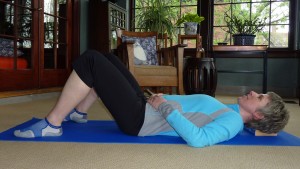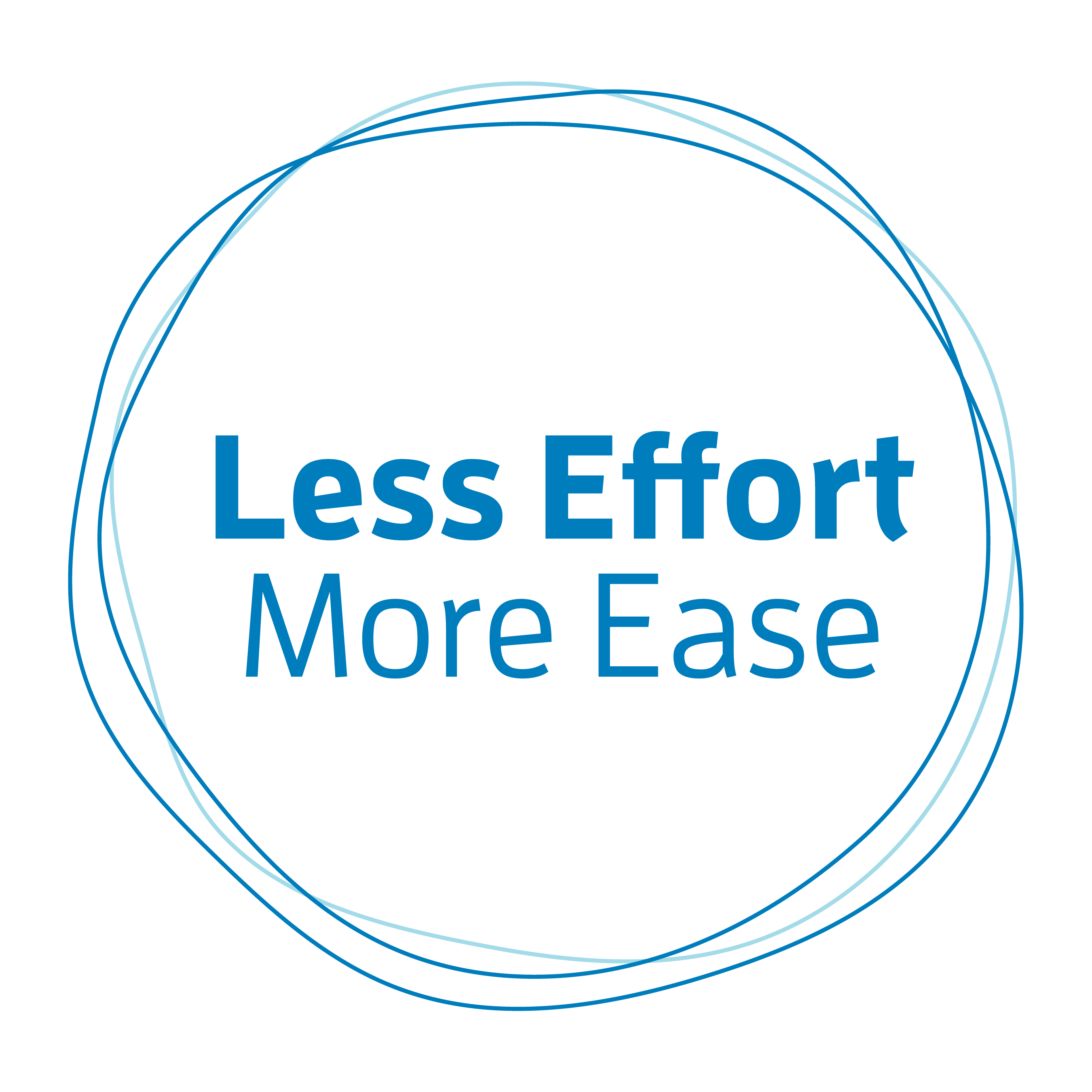Summer is often a time when I get desperate calls or e-mails from parents wanting me to help fix their kids’ posture.
Not atypically, the request is for the kid’s posture to be fixed within a couple of weeks. Preferably before school starts again after Labor Day.
It is important to realize that helping your kids develop healthy postural habits is not unlike helping them foster healthy eating habits.
It is an ongoing commitment. And it is going to involve not just your kid, but you as well.
Every child is unique but there are some things that you can do if you really want to help your kids:
Start with Yourself
This may be unfortunate news, but it needs to start with you.
Take a few Alexander Technique lessons yourself even if you don’t feel that you need help with your own posture.
Tell your teacher that you specifically want to understand some basics about posture to help your kids at home. Alternatively, get a few parents together and contact a teacher to organize a small group class to teach you these things. I personally, would be thrilled to get such a request from a group of interested parents.
If you take the time to learn some basic principles about posture, those principles can inform decisions at home which help foster healthy postural habits.
Stop Telling Your Kids to Stand Up Straight
You mean well. I get it. The problem is that when you tell anyone (child or adult) to “stand up straight” you are also implying that their posture is wrong. And nobody likes to be told they are wrong.
The human reaction to being told you are wrong about most things is to dig your heels in and become defensive. And then you are not going to get anywhere.
The other problem with this is that you are telling them what to do but not how to do it. And the typical reaction is to stiffen up which is not a sustainable way to get out of and stay out of a slump.
Encourage Breaks
Encourage adequate breaks while doing homework or other sedentary activities. 30 minutes on and then a short break to get up and move about is a good rule of thumb.
Start this at a young age so kids develop healthy work habits for life that include taking adequate breaks. Adults often have terrible work habits, pushing through several hours in front of the computer without standing up once—and then wondering why they are so stiff and uncomfortable and have terrible posture.
Pay Attention to Where Kids are Looking
Pay attention to where things are placed that your kids are looking at. We are simply not designed to look down at things placed flat on a table or a desk —a piece of paper, a book, a smartphone, or a tablet computer.
As a rule of thumb for reading, things should be placed at 60 degrees off the vertical. For writing and drawing, 10 to 20 degrees off the vertical. For computer screens, the top row of text should be at eye level.
If kids are using a laptop at home, consider getting a stand for the laptop and a remote keyboard and mouse so you can position the screen at a good height.
Give Them Adequate Support
It is important for kids to sit on chairs that are the correct height for them and have a firm seat. Their feet should be able to reach the floor. If their legs are too short and dangle above the floor, get a footrest for them.
A lot of chairs slope backward and this can have disastrous effects on your child’s spine. Make sure the seat is flat and consider investing in a firm wedge cushion for them to sit on.
Below are two excellent podcasts on chair design that are worth a listen:
Richard Brennan, Alexander Teacher and author, talks about backward sloping chairs in school classrooms (20 min listen)
Galen Cranz, Alexander Teacher and a pioneer in the field of Body Conscious Design, talks about body-friendly chair design (23 min listen)
Teach Them to Take Care of Their Backs
Encourage your kids to rest their backs while lying on the floor in a semi-supine position with a small support under the back of their heads, just like I’m doing below.

This can be presented as a transition routine when they come home from school, perhaps after they have a snack and before they do anything else. They have just spent many hours sitting at a desk at school. Teach them to rest their backs before sitting again to do homework.
This rest position is part of a practice that is often called Constructive Rest in the Alexander Technique.
Get Them Moving!
Find ways for your kids to engage in regular physical activity. For some kids, this is not an issue. But if you have a child who has more sedentary interests like reading and drawing, they will need some encouragement. Luckily, there are many options nowadays, not just organized sports.
If your kids balk at the idea of doing sports, a non-traditional activity might interest them such as circus programs, hip-hop classes, martial arts, rock climbing, or kids’ yoga. Also, they might be more willing to do an activity if you do it together.
Regular physical activity helps to develop body awareness, balance, coordination, and adequate strength—all of which are important for good posture.
Above all, remember that you are a model for your kids.
If helping them foster good postural habits is important to you, follow the above advice for yourself as well.
If you are trying to help your kids foster healthy eating habits, you wouldn’t cook them spinach and then eat a Big Mac for yourself. That would be ridiculous.
So, don’t expect your kids to implement the above suggestions while you sit curled over your laptop or smartphone for hours without taking a break.
That would be ridiculous, too!
Image of family by Shannon Lawford from Pixabay



